Gone are the halcyon days when explaining a concept like the edge of a network could be accomplished in a sentence or two. It could be described as a controlled boundary between two networks, or the point at which traffic exits the core, or even simply the entry and exit points to the network. These explanations, while somewhat correct in their summary, are about as useful in describing the carrier’s edge or edge computing as an ashtray on a motorbike.
With the advent of 5G, IoT, driverless cars and so on, the need to process data closer to where it originates rather than return it to the data center has never been greater. This has undeniably added to the complexity of ‘the edge’ and in turn given rise to multi-access edge computing (MEC) and the idea of distributed cloud. This distributed cloud or micro-cloud, contains storage, network and compute which is located closer to the end user, lowering latency and increasing security. It will also alleviate some of the barrage that the centralized data centers will take in the coming years. Santhosh Rao, Gartner’s principal research analyst recently said that only about 10% of all enterprise generated data was processed outside the traditional data center or cloud[1]… Gartner predicts this will reach 50% by 2022 which will require an unprecedented amount of new infrastructure.
Since its inception, the lion’s share of Open Networking has taken place within the 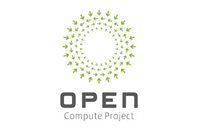 data center. January and February’s blogs covered this area in detail, from the separation of control and data planes, to security, operating systems, hardware and more. However, the fundamental concepts behind the transition to an open disaggregated data center are transferable to almost any area of networks. Through the ONF, OCP and Linux Foundation to name a few, the movement to re-architect edge networks is starting to flourish and this blog will look at one of the larger projects called CORD for the carrier edge.
data center. January and February’s blogs covered this area in detail, from the separation of control and data planes, to security, operating systems, hardware and more. However, the fundamental concepts behind the transition to an open disaggregated data center are transferable to almost any area of networks. Through the ONF, OCP and Linux Foundation to name a few, the movement to re-architect edge networks is starting to flourish and this blog will look at one of the larger projects called CORD for the carrier edge.
CORD – Central Office Re-architected as a Data center
The edge of the operator network for telcos is called the central office and this is the point at which they connect to customers. CORD, created by the ONF, is intent on transforming this edge into a service delivery platform that will allow for inventive next-generation services and also best in class end user experience. To create this, CORD combines SDN, NFV and cloud technologies and additionally integrates multiple ONF open source projects to build these agile Data centers on the edge. Once again, this is all built on commodity hardware and open source software. CORD is split into three distinct sections all of which have different demands, these are:
Residential (R-CORD)
Mobile (M-CORD)
Enterprise (E-CORD)

ONF Projects
CORD is the overarching project but within this there are multiple other projects, or as the ONF calls them ‘Exemplar Platforms’. Each platform looks to address a specific use case issue for the emerging edge cloud, and then specific operator partners (AT&T, T-Mobile, Telefonica etc.) who intend on deploying the designs will work on the project. Once completed, they will share these designs with the rest of the community. This is the essence of Open Networking. There are many projects but here is a snapshot of some that make up CORD.
COMAC – Converged Multi-Access and Core. This project will bring convergence to the operators’ mobile and broadband access and their core networks. Unifying both access and core will allow for common subscriber authentication and service delivery so users can roam seamlessly between mobile and fixed environments. COMAC uses multiple other projects to achieve its aim including SEBA, VOLTHA and TRELLIS which I will cover briefly.
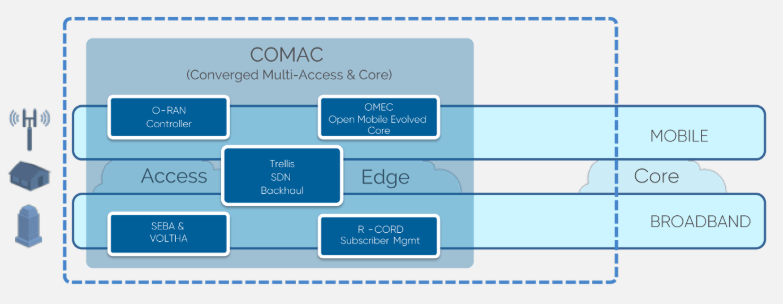
SEBA – SDN Enabled Broadband Access. This is for use in residential CORD (R-CORD). It supports a multitude of virtual access technologies at the edge of the carrier network including PON, G.FAST, DOCSIS and more. SEBA supports both residential access and wireless backhaul and is optimized such that traffic can run ‘fastpath’ straight through to the backbone without requiring VNF processing on a server.
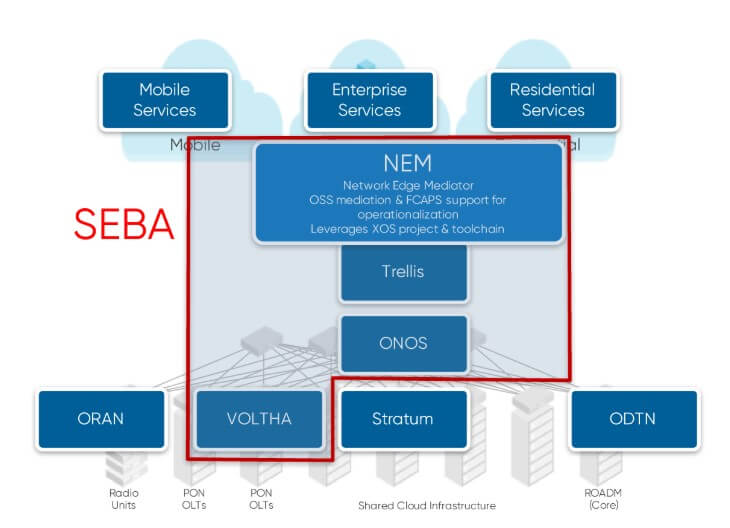
Trellis –Strangely enough, this is not an acronym!! This is a multi-purpose L2/L3 spine and leaf switching fabric for data center networking. Leveraging a controller (ONOS), Trellis creates a fabric using white box switches and open software just like the cloud data centers we have talked about in previous blogs. The ONOS controller has a full view of the network so can make better decisions based on this and adding new features or upgrades can be done for the entire fabric from the single controlling device.
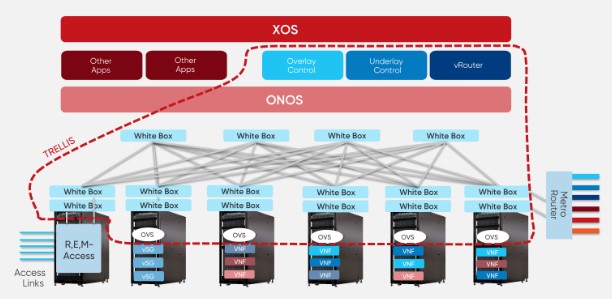
VOLTHA – Virtual OLT Hardware Abstraction. This is for broadband access within residential CORD (R-CORD). VOLTHA provides a common management system for both white-box and vendor-specific PON (passive optical network) hardware devices. It abstracts the PON on the northbound side and makes it appear as one logical switch to the controller, and on the southbound side VOLTHA communicates with the PON hardware devices.
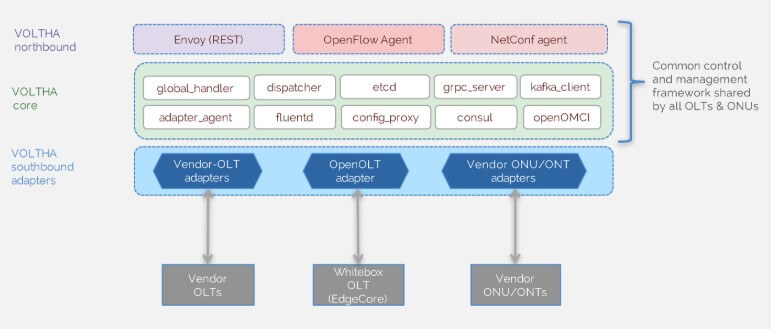
The Future for CORD
The Telco central office is anything but straightforward. Infrastructure patched together over decades has created a mess of biblical proportions and the solution is CORD. IHS Markit has said that 70% of operators worldwide[2] are planning to deploy CORD and Heavy Reading estimates that by 2021 40% of all end customers (residential, mobile and enterprise) will have services provided by central offices using CORD[3].
The benefits of changing to this infrastructure model are numerous and which would warrant another blog in itself, but using the Open Networking model of partnership with commodity servers interconnected by a fabric of white-box switches is unquestionably the way forward.
There is a lot more to CORD but hopefully this snapshot will give you an idea of the platform. I would be more than happy to share additional resources with you or for more technical information on products or SDN give me a shout also you can browse our Open Networking products here.
Slán go fóill,
Barry
Glossary of Terms
IoT – Internet of Things
5G – 5th generation of cellular mobile communication
Linux – Family of free open-source operating systems
ONF – Open Networking Foundation
OCP – Open Compute Project
SDN – Software Defined Networking
Edgecore – White box ODM
Quanta – White box OEM
Data Plane – Deals with packet forwarding
Control Plane – Management interface for network configuration
ODM – Original design manufacturer
OEM – Original equipment manufacturer
Cumulus Linux – Open network operating system
Pluribus – White box OS that offers a controllerless SDN fabric
Pica8 – Open standards-based operating system
Big Switch Networks – Cloud and data centre networking company
IP Infusion – Whitebox network operating system
OS – Operating system
White Box – Bare metal device that runs off merchant silicon
ASIC – Application-specific integrated circuit
CAPEX – Capital expenditure
OPEX – Operating expenditure
MAC - Media Access Control
Virtualization – To create a virtual version of something including hardware
Load Balancing – Efficient distribution of incoming network traffic to backend servers
Vendor Neutral - Standardized, non-proprietary approach along with unbiased business practices
CORD – Central Office Rearchitected as a Data Center
SD-WAN – Software Defined Wide Area Network
NFV – Network Function Virtualization
RTBrick – Web scale network OS
Snap Route – Cloud native network OS
MPLS – Multiprotocol label switching
DoS – Denial of service attack
ONOS – ONF controller platform
Linux Foundation –
MEC – Multi-access edge computing
Distributed Cloud
COMAC – Converged Multi-Access and Core
SEBA – SDN enabled broadband access
TRELLIS – Spine and leaf switching fabric for central office
VOLTHA – Virtual OLT hardware abstraction
R-CORD- Residential CORD
M-CORD – Mobile CORD
E-CORD – Enterprise CORD
PON – Passive optical network
G.FAST – DSL protocol for local loops shorter than 500 metres
DOCSIS – Data over cable service interface specification
BGP – Border gateway patrol routing protocol
OSPF – Open shortest path first routing protocol
DSL – Digital subscriber line